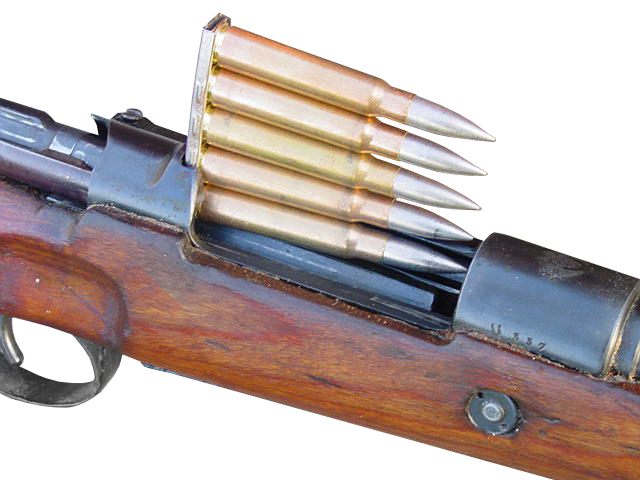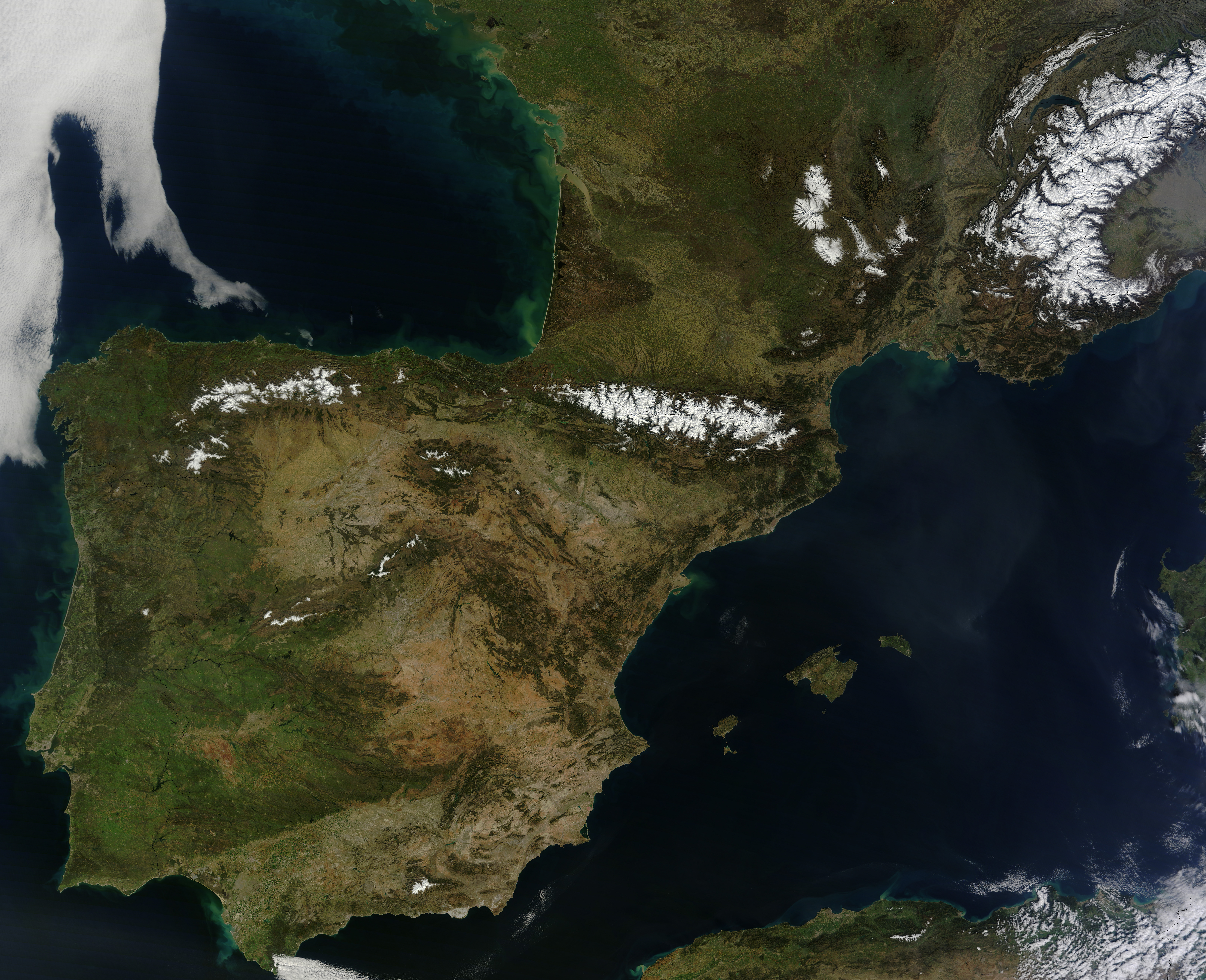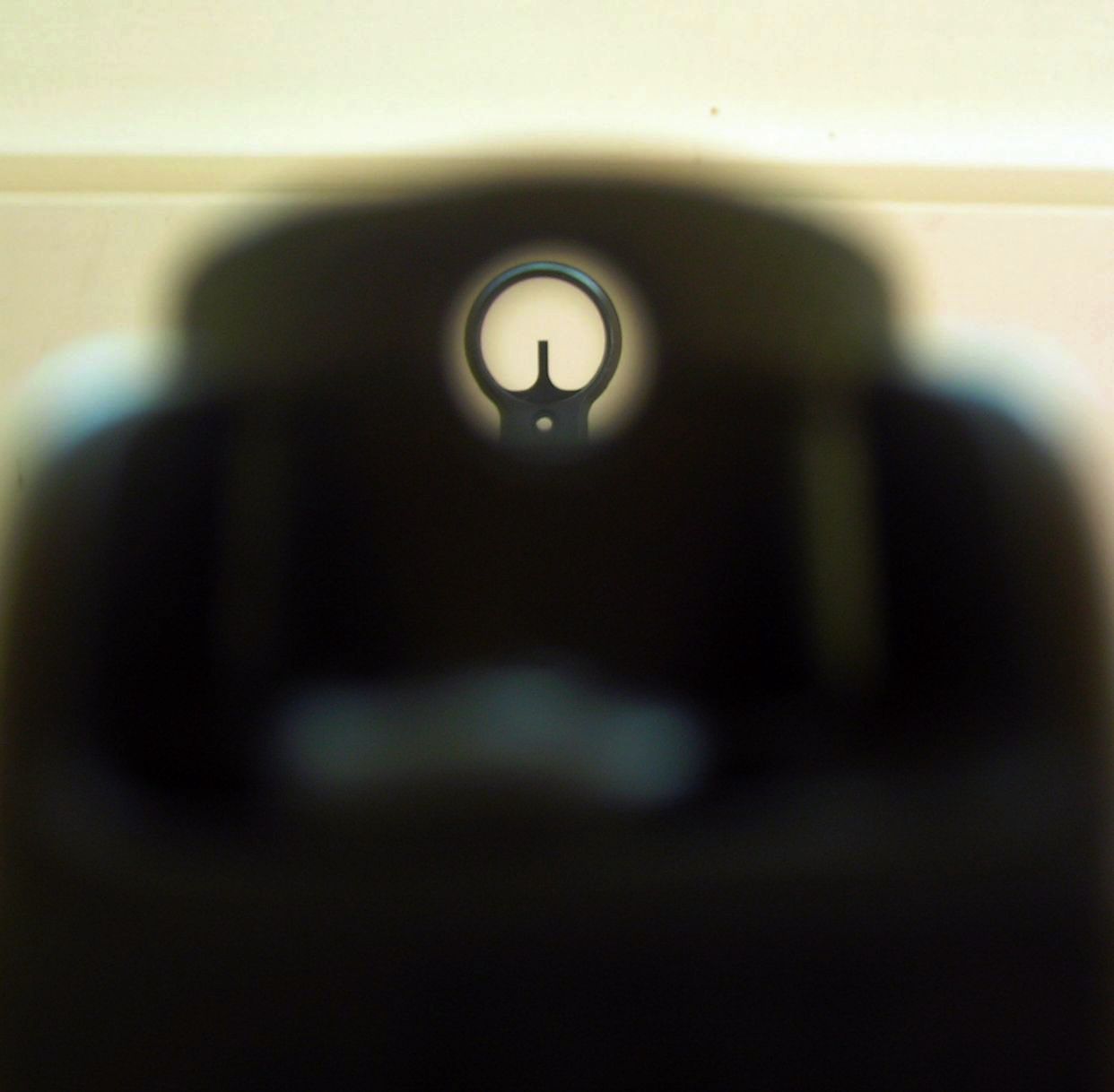|
Standardmodell
The Standardmodell rifle (also known as Mauser Model 1924 or Mauser Model 1933) is a bolt-action rifle designed to chamber the 7.92×57mm Mauser cartridge. The rifle was developed in 1924 but entered full-scale production in 1933. Officially designed for export and German security guards, it was used by the paramilitary Sturmabteilung (SA) and Schutzstaffel (SS). Export variants were used in South America, Ethiopia, China and the Iberian Peninsula. The carbine version of this rifle was almost identical with the ''Karabiner 98k'' that became the standard German service rifle during World War II. Design It was a derivative of the ''Gewehr 98'' or Mauser Model 1898, produced in violation of the Treaty of Versailles. It featured combined features of the '' Karabiner 98AZ'' and ''Gewehr 98'' versions. The barrel was only -long, comparable to the barrel of the ''Karabiner 98AZ''. The rifle had a new iron sight line, with a tangent rear sight graduated from to , with increments ... [...More Info...] [...Related Items...] OR: [Wikipedia] [Google] [Baidu] |
Karabiner 98k
The Karabiner 98 kurz (; "carbine 98 short"), often abbreviated Karabiner 98k, Kar98k or K98k and also sometimes incorrectly referred to as a K98 (a K98 is a Polish carbine and copy of the Kar98a), is a bolt-action rifle chambered for the 7.92×57mm Mauser cartridge. It was adopted on 21 June 1935 as the standard service rifle by the German ''Wehrmacht.''K98k Mauser Page Retrieved 28 March 2007. It was one of the final developments in the long line of military rifles. Although supplemented by semi-automatic and fully automatic rifles during World War II, the Karabiner 98k remained the primary German ... [...More Info...] [...Related Items...] OR: [Wikipedia] [Google] [Baidu] |
Chiang Kai-shek Rifle
The Type Chiang Kai-shek rifle (), also known as the Zhongzheng/Jiang Jieshi Rifle (depending on the romanization of Chinese), Generalissimo rifle, and Type 24 (二四式), named after the Chinese Generalissimo Chiang Kai-shek, was a Chinese-made copy of the German Standardmodell rifle, the forerunner of the Karabiner 98k. Pre-production of the Chiang Kai-shek rifle started in 1935 (year 24 of the Republican calendar, hence the Type 24). It was designated the Type 79 by the Chinese Communists. The rifle was in full-scale production as early as late 1935. However, the full standardization for the production of the Type Zhongzheng rifle only started during the Second Sino-Japanese war and the Hanyang 88 rifle was produced in greater numbers. History The weapon served as one of the main battle rifles for the Chinese National Revolutionary Army (NRA, or Nationalists). Like the Karabiner 98k, it was a shortened and lightened version of the Gewehr 98, specifically, a copy of the ... [...More Info...] [...Related Items...] OR: [Wikipedia] [Google] [Baidu] |
Bolt-action
Bolt-action is a type of manual firearm action that is operated by ''directly'' manipulating the bolt via a bolt handle, which is most commonly placed on the right-hand side of the weapon (as most users are right-handed). Most bolt-action firearms use a rotating bolt design, where the handle must first be rotated upward to unlock the bolt from the receiver, then pulled back to open the breech and allowing any spent cartridge case to be extracted and ejected. This also cocks the striker within the bolt (either on opening or closing of the bolt depending on the gun design) and engages it against the sear. When the bolt is returned to the forward position, a new cartridge (if available) is pushed out of the magazine and into the barrel chamber, and finally the breech is closed tight by rotating the handle down so the bolt head relocks on the receiver. Bolt-action firearms are generally repeating firearms, but some single-shot breechloaders also use bolt-action des ... [...More Info...] [...Related Items...] OR: [Wikipedia] [Google] [Baidu] |
Gewehr 98
The Gewehr 98 (abbreviated G98, Gew 98, or M98) is a German bolt-action rifle made by Mauser, firing cartridges from a five-round internal clip-loaded magazine. It was the German service rifle from 1898 to 1935, when it was replaced by the Karabiner 98k, a shorter weapon using the same basic design. The Gewehr 98 action, using a stripper clip loaded with the 7.92×57mm Mauser cartridge, successfully combined and improved several bolt-action engineering concepts which were soon adopted by many other countries, including the United Kingdom, United States, and Japan. The Gewehr 98 replaced the earlier Gewehr 1888 as the main German service rifle. It first saw combat in the Chinese Boxer Rebellion and was the main German infantry service rifle of World War I. The Gewehr 98 saw further military use by the Ottoman Empire and Nationalist Spain. History The Gewehr 98 was introduced into German military service in 1898, replacing the Gewehr 1888. The bolt-action design was the l ... [...More Info...] [...Related Items...] OR: [Wikipedia] [Google] [Baidu] |
7×57mm Mauser
The 7×57mm Mauser (designated as the 7 mm Mauser or 7×57mm by the SAAMI and 7 × 57 by the C.I.P.) is a first-generation smokeless powder rimless bottlenecked rifle cartridge. It was developed by Paul Mauser of the Mauser company in 1892 and adopted as a military cartridge by Spain in 1893.Jim Wilson "A Perfectly Delightful Cartridge: 7×57 mm Mauser" ''American Rifleman'' November 2009 pp.53–55 It was subsequently adopted by several other countries as the standard military cartridge, and although now obsolete as a military cartridge, it remains in widespread international use as a sporting round. The 7×57 Mauser (originally known in Britain as the .275) was a popular stalking cartridge and sporting rifles in this chambering were made by the famous British riflemakers, such as John Rigby, Holland and Holland, Westley Richards and others. British cartridge nomenclature designated caliber in inches, and the cartridge was known as the .275 bore after the measurement of a ... [...More Info...] [...Related Items...] OR: [Wikipedia] [Google] [Baidu] |
China
China, officially the People's Republic of China (PRC), is a country in East Asia. It is the world's List of countries and dependencies by population, most populous country, with a Population of China, population exceeding 1.4 billion, slightly ahead of India. China spans the equivalent of five time zones and Borders of China, borders fourteen countries by land, the List of countries and territories by land borders, most of any country in the world, tied with Russia. Covering an area of approximately , it is the world's third List of countries and dependencies by area, largest country by total land area. The country consists of 22 provinces of China, provinces, five autonomous regions of China, autonomous regions, four direct-administered municipalities of China, municipalities, and two special administrative regions of China, Special Administrative Regions (Hong Kong and Macau). The national capital is Beijing, and the List of cities in China by population, most populous cit ... [...More Info...] [...Related Items...] OR: [Wikipedia] [Google] [Baidu] |
Iberian Peninsula
The Iberian Peninsula (), ** * Aragonese and Occitan: ''Peninsula Iberica'' ** ** * french: Péninsule Ibérique * mwl, Península Eibérica * eu, Iberiar penintsula also known as Iberia, is a peninsula in southwestern Europe, defining the westernmost edge of Eurasia. It is principally divided between Spain and Portugal, comprising most of their territory, as well as a small area of Southern France, Andorra, and Gibraltar. With an area of approximately , and a population of roughly 53 million, it is the second largest European peninsula by area, after the Scandinavian Peninsula. Name Greek name The word ''Iberia'' is a noun adapted from the Latin word "Hiberia" originating in the Ancient Greek word Ἰβηρία ('), used by Greek geographers under the rule of the Roman Empire to refer to what is known today in English as the Iberian Peninsula. At that time, the name did not describe a single geographical entity or a distinct population; the same name was ... [...More Info...] [...Related Items...] OR: [Wikipedia] [Google] [Baidu] |
Iron Sight
Iron sights are a system of physical alignment markers (usually made of metallic material) used as a sighting device to assist the accurate aiming of ranged weapons (such as a firearm, airgun, crossbow or even compound bow), or less commonly as a primitive finder sight for optical telescopes. The earliest sighting device, it relies completely on the viewer's naked eye (mostly under ambient lighting), and is distinctly different to optical sights such as telescopic sights, reflector (reflex) sights, holographic sights and laser sights, which make use of optical manipulation and/or active illumination, as well as the newer optoelectronics, which use digital imaging and even incorporate augmented reality. Iron sights are typically composed of two components mounted perpendicularly above the weapon's bore axis: a rear sight nearer (or ''proximally'') to the shooter's eye, and a front sight farther forward (or ''distally'') near the muzzle. During aiming, the shooter a ... [...More Info...] [...Related Items...] OR: [Wikipedia] [Google] [Baidu] |
Treaty Of Versailles
The Treaty of Versailles (french: Traité de Versailles; german: Versailler Vertrag, ) was the most important of the peace treaties of World War I. It ended the state of war between Germany and the Allied Powers. It was signed on 28 June 1919 in the Palace of Versailles, exactly five years after the assassination of Archduke Franz Ferdinand, which led to the war. The other Central Powers on the German side signed separate treaties. Although the armistice of 11 November 1918 ended the actual fighting, it took six months of Allied negotiations at the Paris Peace Conference to conclude the peace treaty. The treaty was registered by the Secretariat of the League of Nations on 21 October 1919. Of the many provisions in the treaty, one of the most important and controversial was: "The Allied and Associated Governments affirm and Germany accepts the responsibility of Germany and her allies for causing all the loss and damage to which the Allied and Associated Governments and t ... [...More Info...] [...Related Items...] OR: [Wikipedia] [Google] [Baidu] |
South America
South America is a continent entirely in the Western Hemisphere and mostly in the Southern Hemisphere, with a relatively small portion in the Northern Hemisphere at the northern tip of the continent. It can also be described as the southern Subregion#Americas, subregion of a single continent called Americas, America. South America is bordered on the west by the Pacific Ocean and on the north and east by the Atlantic Ocean; North America and the Caribbean Sea lie to the northwest. The continent generally includes twelve sovereign states: Argentina, Bolivia, Brazil, Chile, Colombia, Ecuador, Guyana, Paraguay, Peru, Suriname, Uruguay, and Venezuela; two dependent territory, dependent territories: the Falkland Islands and South Georgia and the South Sandwich Islands; and one administrative division, internal territory: French Guiana. In addition, the ABC islands (Leeward Antilles), ABC islands of the Kingdom of the Netherlands, Ascension Island (dependency of Saint Helena, Asce ... [...More Info...] [...Related Items...] OR: [Wikipedia] [Google] [Baidu] |
Spitzer Bullet
The spitzer bullet (or spire point) is a pointed projectile that is primarily used in small-arms. The pointed nose shape, which was developed for military purposes in the late 19th and early 20th century, was a major design improvement compared to earlier rounder or flatter-tipped bullets because pointed nose shapes were less susceptible to external ballistic factors like drag. By adding a point, projectiles made for fully-powered and intermediate rifle cartridges, obtain a lower drag coefficient which makes them decelerate less rapidly. Lowering the drag coefficient leads to improved external ballistic behaviour. The development of spitzer bullets and long-range volley sights for service rifles changed military doctrines. Area targets at ranges up to could be subject to rifle fire. With improvements in machine guns at the turn of the 20th Century, the addition of clinometers meant that fixed machine gun squads could deliver plunging fire or indirect fire at more than . ... [...More Info...] [...Related Items...] OR: [Wikipedia] [Google] [Baidu] |








